Fanta Logo Design: History & Evolution
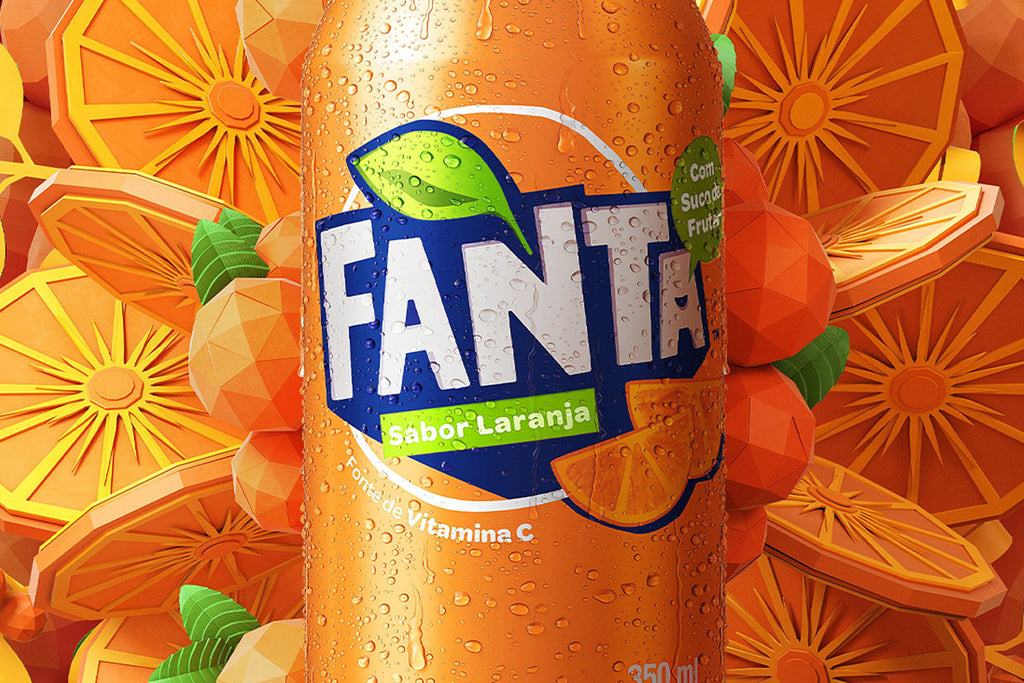
Image Source: https://ggfmcg.com/our_stories/fanta-orange-soft-drink | Image Courtesy: Fanta
When it comes to iconic branding in the beverage industry, Fanta logo design is a sparkling example of creativity and evolution. Since its inception, the vibrant and colorful imagery of Fanta's logo has captured the essence of fun and refreshment. As graphic designers, we're often intrigued by how a logo grows, adapts, and transforms over time, all while maintaining its core identity. In the case of Fanta logo design, it's a juicy story that marries innovation with cultural adaptation. From the early beginnings to the sleek and modern aesthetics we recognize today, the Fanta logo design has undergone significant changes that reflect both artistic trends and global marketing strategies.
So grab a refreshing soda, and let's delve into the effervescent world of Fanta logo design, exploring its history and evolution, and uncovering the artistic craftsmanship that has kept it bubbling in the hearts and minds of consumers around the world. Whether you're a seasoned design pro or just have a fizzing curiosity about logos, this story's sure to quench your thirst for design knowledge.
Fanta Logo Design History
1940 - 1962
The early years of the Fanta logo design present a fascinating chapter in graphic design history. Created in 1940, the original Fanta logo featured a bold black logotype, entirely in lowercase. But what truly set it apart was the fancy, elongated tail of the letter "F," elegantly curved and giving a special mood to the entire image. This unique design choice wasn't merely aesthetic; it encapsulated a sense of style and intrigue that resonated with consumers of the time. For many graphic designers, the Fanta logo design from this era stands as a striking example of how simplicity can still hold profound creativity and elegance. It's a reminder that even in our fast-paced digital age, some classic design elements never lose their fizz. Whether you're a seasoned professional or just beginning your design journey, there's something inspiring to be drawn from this sparkling time in Fanta logo design.

Image Courtesy: Fanta
1962 - 1970
The next major shift in the Fanta logo design came in 1962, introducing a refreshing and cheerful vibe to the brand's visual identity. By adopting a light blue and white color palette, the logo radiated a sense of cool freshness. The redesign placed a white sans-serif inscription in title case on a rectangular blue badge, but what really made it pop was the upper bar's subtle curve downwards, resembling a smile. This seemingly simple change transformed the Fanta logo design into something more engaging, playful, and inviting. For graphic designers, the 1962 redesign illustrates how a minor alteration in shape and color can evoke entirely new emotions. It's a lesson in the power of subtlety and how it can breathe new life into a familiar brand, making the Fanta logo design from this period a classic case study in visual communication and design innovation.
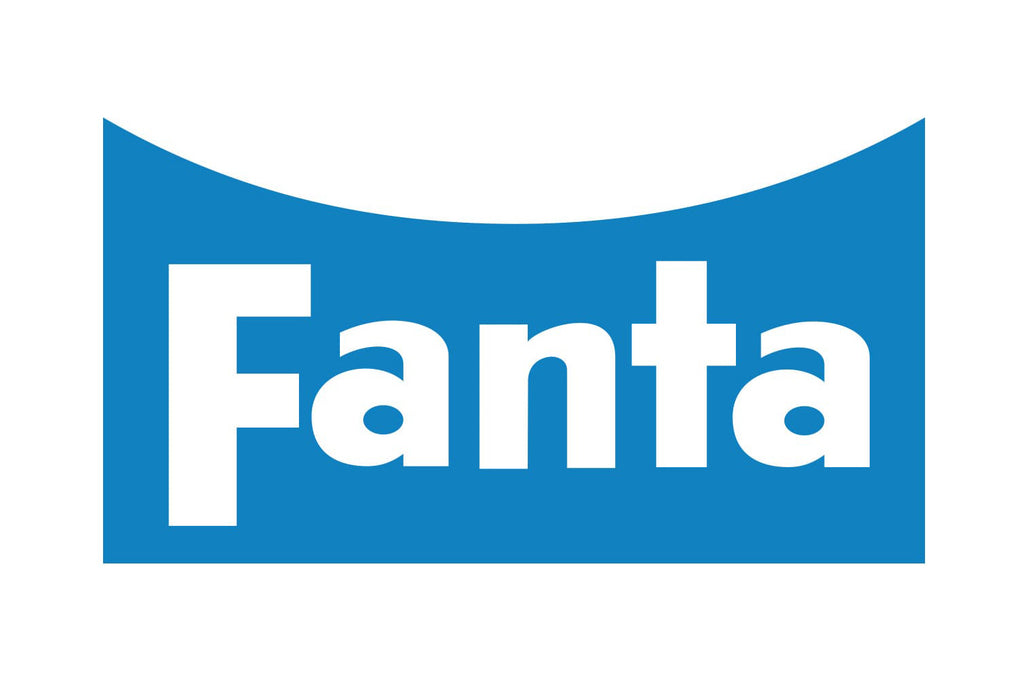
Image Courtesy: Fanta
1970 - 1980
The decade of the 1970s marked a bold evolution in Fanta logo design that graphic designers will find both inspired and instructive. The redesign in 1970 saw the inscription being redrawn, with its sans-serif typeface gaining smooth thick lines and more softened angles. The resulting black wordmark exuded a sleek and confident feel, a marked departure from the previous designs. But the standout feature was undoubtedly the introduction of three orange circles, arched gracefully over the bar of the letter "N." These simple yet effective shapes represented oranges, the main flavor of the drink, adding a tangy twist to the overall design. This period of Fanta logo design demonstrates how visual elements can be harmoniously blended to create something memorable and meaningful. The integration of color, shape, and typography is a testament to the creativity that makes this era of Fanta logo design a refreshing source of inspiration.

Image Courtesy: Fanta
1980 - 1995
The 1980s ushered in a vibrant era for Fanta logo design, mirroring the lively cultural trends of the time. In a vivid redesign, the black was replaced with an intense blue, and the orange transformed into a striking red, adding even more zest to the visual identity. A subtle yet impactful addition was the smooth, neat leaf adorning the oranges, further emphasizing the fruit's connection to the beverage. The all-caps lettering gave way to a more approachable title case inscription, and the red and green icon was artfully moved to the left. This particular phase in Fanta logo design resonates with graphic designers for its bold color choices and thoughtful refinements. By embracing a playful mix of hues and subtle graphic tweaks, the brand maintained its fun-loving spirit while evolving with the times. It's an exemplary lesson in how thoughtful updates in color and design elements can breathe fresh energy into a classic brand, making the Fanta logo design from this era an enduring symbol of creativity.

Image Courtesy: Fanta
1995 - 1997
In the mid-90s, a bold transformation occurred in the Fanta logo design that marked a significant departure from its previous iterations. In 1995, the recognizable three oranges were replaced by an abstract orange leaf. This new design element wasn't just contemporary and creative; it symbolized the brand's unique ability to change, grow, and adapt to modern tastes. The abstract leaf not only brought a fresh twist but also added a layer of sophistication, reflecting Fanta's forward-thinking approach. For graphic designers, this phase in the Fanta logo design serves as a compelling example of how abstract symbolism can infuse a brand with new energy and perspective. It showcases the potential to retain core brand elements while daring to innovate. This brief yet impactful era of Fanta logo design is a testament to the dynamic and ever-evolving nature of design, reflecting a willingness to embrace change while staying rooted in brand identity.

Image Courtesy: Fanta
1997 - 2004
The late 90s ushered in a new era of excitement and vibrancy in Fanta logo design. In 1997, the logotype was reimagined with a slightly different shade of blue and placed diagonally on a bright orange or yellow background, depending on the drink's flavor. This choice of background color created an energetic contrast, enhancing the logo's visual appeal. Perhaps the most distinctive change was the stylized green leaf, outlined in blue, which emerged from the letter "N." This element not only reinforced the beverage's fruity flavor but also added a touch of modernity and flair. For graphic designers, this era of Fanta logo design illustrates the impact of color and orientation in breathing life into a familiar concept. It's a reminder of how playful adjustments and thoughtful embellishments can invigorate a brand's image. This chapter in the Fanta logo design story reflects a creative embrace of change, reinforcing the brand's reputation for innovation and fun.

Image Courtesy: Fanta
1997 - 2008
The turn of the millennium witnessed a minimalistic yet creative shift in Fanta logo design. Starting in 1997, all the additional details were stripped away, leaving only the blue wordmark. But this wasn't just a simple reduction; the wordmark itself was redrawn in a modern and stylish manner. The thick letter lines were crafted a bit uneven and artsy, bringing a fresh and unique touch to the logo. This redesign marked a departure from the more complex designs of the past, showcasing Fanta's adaptability to contemporary design trends. For graphic designers, this era of Fanta logo design offers valuable insights into the power of minimalism and the artistic choices that can infuse simplicity with character. The focus on subtle irregularities turned what could have been a straightforward logo into a lively and distinct representation of the brand. This phase in the Fanta logo design journey symbolizes how thoughtful creativity can transform even the most basic elements into something memorable and dynamic.

Image Courtesy: Fanta
2000 - 2004
In the early 2000s, Fanta logo design took another innovative turn. The version created in 2000 introduced subtle yet effective white details that were used both as an outline of the logotype and to dilute the gradient orange of the background. This clever use of color and contrast added brightness to the logo and emphasized the visual interplay between the shades. The result was a logo that felt more vibrant and alive, reflecting the effervescent quality of the beverage itself. For graphic designers, this stage of Fanta logo design showcases the transformative power of thoughtful color and contrast adjustments. It's a lesson in how small changes can create a powerful visual impact and enhance the overall aesthetic appeal. This era of Fanta logo design serves as an inspiring example of creative refinement, demonstrating how a well-known brand can continue to evolve and surprise through nuanced and imaginative design choices.

Image Courtesy: Fanta
2004 - 2008
Embracing a less-is-more approach, the Fanta logo design underwent a significant simplification in 2004. The design brought back the blue wordmark and paired it with a crisp white background, but with a fresh twist—placing it diagonally and adding an elegant green leaf above the inscription. This transformation wasn't just about removing elements; it was about refining and elevating them. The contours were meticulously cleaned, and the shade of blue was enhanced to create a more engaging visual appeal. For graphic designers, this stage in Fanta logo design offers a rich study in how strategic simplification can lead to a more focused and impactful brand identity. The subtle changes reflect an understanding of modern aesthetics and the need for clarity in design. This period of Fanta logo design reminds us that sometimes, going back to basics, with a sprinkle of innovation, can create a timeless and memorable visual expression that resonates with audiences.

Image Courtesy: Fanta
2008 - 2010
The 2008 version of the Fanta logo design marked a striking blend of previous elements with a few bold innovations. Composed of a dark-blue inscription encased in a white outline and placed on a solid orange roundel, the design radiated warmth and vivacity. Above the "an" part of the wordmark, a gradient green leaf was thoughtfully positioned, creating a visual connection with the brand's fruity essence. The lettering, set diagonally, had characters that were heavier yet smoother in contours than the previous version, adding a sense of robustness and fluidity. For graphic designers, this phase in Fanta logo design serves as a testament to how combining familiar components with fresh twists can result in a renewed and engaging visual identity. It's an inspiration on how to balance legacy with creativity, showing that the thoughtful evolution of a logo can help a brand stay relevant and appealing in an ever-changing marketplace.

Image Courtesy: Fanta
2008 - 2016
By 2008, Fanta had blossomed into a global sensation, delighting taste buds with more than 70 flavors. This expansion called for a new identity, and the resulting Fanta logo design was an imaginative masterpiece crafted by the San Francisco-based Office. The revitalized logo featured positive imagery: an orange with a green leaf, accompanied by a playful wordmark that resonated with the brand's energetic spirit. But the innovation didn't stop there. The designers went a step further, developing an entire range of branding elements, including shapes, colors, and distinctive lettering. This allowed Fanta to tailor its visual identity according to various flavors and audiences, infusing the brand with flexibility and creativity. For graphic designers, this era of Fanta logo design stands as an inspiring example of how a well-thought-out visual system can harmonize brand consistency with adaptability. It showcases the power of design in shaping a global brand, demonstrating that with ingenuity and consideration, a logo can transcend borders and speak to diverse tastes.

Image Courtesy: Fanta
2010 - 2016
The Fanta logo design saw a refresh in 2010, characterized by a fine balance of enlarged inscription and a reduced orange circle. The change wasn't just aesthetic; it resulted in a logo that was both stylish and bright. The alterations created a design that was memorable and instantly recognizable, transcending borders to resonate with consumers all over the world. This period marked a triumph in Fanta logo design, proving that sometimes minor adjustments can lead to significant impacts. For graphic designers, this era offers a valuable lesson in the importance of scale, proportion, and the strategic use of color. It's a reminder that the subtle reshaping of familiar elements can breathe fresh life into a brand's visual identity. This evolution of the Fanta logo design emphasizes how intuitive design choices can make a logo not only eye-catching but also globally appealing. It's a testament to the power of simplicity and thoughtful refinement in the world of branding.

Image Courtesy: Fanta
2016 - Present
In 2016, the Fanta logo design experienced a transformation that embraced a new geometric direction. The rounded shapes of the wordmark were replaced with square ones, resulting in a bold and confident sans-serif inscription. Each capital letter in white was adorned with a robust purple outline, adding a touch of modern sophistication. The green leaf, a consistent symbol in the brand's history, was redrawn and enlarged, now elegantly emerging from the letter "N" and directed up left. The logotype, resting on a solid orange circle, conjures images of the sun, summer, and of course, the taste of oranges. This contemporary version of the Fanta logo design represents a brand that has continuously evolved while staying true to its roots. For graphic designers, it's a lesson in how to balance tradition with innovation, creating a look that feels both fresh and familiar. This latest chapter in Fanta logo design adds a vibrant page to the brand's rich visual history, showcasing the importance of adaptability and creativity in logo evolution.

Image Courtesy: Fanta
2017 - 2021
In 2017, the Fanta logo design underwent a subtle yet significant refinement. The heavy blue shadow that characterized the logo from 2016 was removed, giving a cleaner and more streamlined appearance. Although all other elements remained the same, the white geometric sans-serif lettering encased in a thick blue outline took on a completely different visual effect without the shadow. This version, more approachable and elegant, remained the face of the brand until 2021. For graphic designers, this particular stage in the evolution of the Fanta logo design highlights the importance of seemingly minor changes. It shows how a single alteration, like the removal of a shadow, can entirely transform the perception of a logo. This era of the Fanta logo design emphasizes the essence of refinement, teaching us that sometimes, less is indeed more, and that careful consideration of details can lead to a timeless and effective visual identity.

Image Courtesy: Fanta
2023 - Present
The 2023 Fanta logo design marks a bold departure from previous iterations. This redesign saw the removal of the familiar orange roundel and green leaf, a significant change in the brand's visual journey. What remains is the white uppercase logotype encased in a thick blue outline, reminiscent of the badge from 2016. However, this time, the shadow is elongated and forms a triangle pointing down, adding an innovative twist. This minimalistic yet intense and bright badge speaks volumes about the new angles of the company and its progressiveness. For graphic designers, this latest Fanta logo design iteration stands as a compelling example of how minimalism can effectively convey brand evolution and forward-thinking. It's a testament to the brand's willingness to embrace change while maintaining core identity elements. The 2023 redesign encapsulates the essence of modern design principles and positions Fanta's visual identity at the forefront of contemporary branding. It's an exciting time in the Fanta logo design history, one filled with inspiration and lessons for design enthusiasts everywhere.

Image Courtesy: Fanta
Analysis: Fanta Logo Design Evolution
The Fanta logo design has been through numerous transformations since its inception. With every decade, it has mirrored the brand's innovative approach and willingness to adapt to changing market dynamics. The logo's evolution has been a journey of creativity and strategic thinking, offering intriguing insights into design principles. Let's delve into five key points that highlight the essence of the Fanta logo design evolution, a study that offers valuable lessons for graphic designers and brand enthusiasts alike.
Embracing Simplicity and Minimalism
Over the years, the Fanta logo design has progressively moved towards simplicity. From the bold and intricate designs of the early years to the minimalistic approach adopted in 2023, Fanta has continually stripped down unnecessary elements. This strategy emphasizes the brand's core identity and makes the logo more adaptable across various platforms. A minimalistic design approach resonates with the modern era's aesthetic and consumer preferences, reflecting Fanta's alignment with contemporary trends.
Color Symbolism and Brand Identity
The changes in color throughout the Fanta logo design history represent more than mere aesthetic choices. The bright oranges, blues, and greens have helped symbolize freshness, energy, and the citrusy flavor of the product. Color has played an essential role in creating an emotional connection with consumers and portraying the brand's personality. The chosen hues have consistently echoed the vibrancy that Fanta seeks to represent.
Typography as a Design Tool
Typography has been an instrumental part of the Fanta logo design, reflecting the brand's evolution. From the elegant curvature of the original design to the bold and geometric typefaces of recent years, the choice of fonts has communicated various brand messages. The shifts in typography styles have kept the logo fresh and in tune with the changing design landscape, making it an excellent example of how type can powerfully convey brand values.
Innovative Use of Imagery
Imagery has also played a critical role in the evolution of the Fanta logo design. From the depiction of oranges and leaves to the geometric shadows, the imagery has provided an extra layer of meaning. It has allowed the logo to narrate a story, create a sense of place, and evoke particular feelings. The 2023 redesign, with its striking triangle shadow, exemplifies how a simple graphic element can be profound and iconic.
Adaptation to Global Branding
The Fanta logo design's evolution has been influenced by the brand's expansion into global markets, offering over 70 flavors worldwide. The flexibility and adaptability of the design have allowed it to resonate with diverse audiences. The changes made over time demonstrate a thoughtful consideration of international tastes and preferences, aligning the brand's identity with a global vision.
The journey of the Fanta logo design is a rich tapestry of creative exploration, strategic decisions, and innovative design principles. It serves as an inspirational case study for graphic designers, showcasing how a logo can evolve yet remain timeless. The Fanta logo design evolution is a testament to the power of design in shaping a brand's legacy, and its story continues to unfold, providing lessons and insights for the ever-changing world of brand identity.

Image Source: https://www.instagram.com/fanta/ | Image Courtesy: Fanta
The Philosophy & Meaning Behind Fanta Logo Design
The Fanta logo design isn't just a mere visual representation; it's a symbol carrying a profound philosophy and meaning. As a reflection of the brand's values, culture, and promise, it offers a glimpse into the company's soul. For graphic designers and brand enthusiasts, understanding the philosophy behind this iconic logo can be an insightful journey into how design encapsulates the essence of a brand. Here, we'll explore five critical aspects that elucidate the philosophy and meaning behind the Fanta logo design.
Vibrancy and Youthfulness
The Fanta logo design has always resonated with a sense of energy and youth. The bold colors and dynamic shapes are a visual manifestation of the brand's lively spirit. Whether it's the bright orange roundel or the playful typography, every element speaks to a younger demographic, reflecting the joy, spontaneity, and freedom that Fanta aims to symbolize.
Innovation and Adaptation
The continual evolution of the Fanta logo design is a testament to the brand's commitment to innovation and adaptation. By embracing new design trends and adapting to global tastes, Fanta's logo reflects a forward-thinking philosophy. It's a visual cue to the brand's willingness to grow, change, and innovate, aligning with the evolving needs and desires of its consumers.
Emphasis on Flavor
One of the most consistent themes in the Fanta logo design has been the subtle nods to its citrus origins. Be it through the color palette, the imagery of oranges, or even the abstract representations, the logo emphasizes the flavor that defines Fanta. This focus on flavor creates a sensory connection with the product, enhancing its appeal and reinforcing its unique selling proposition.
Global Reach with Local Sensibilities
As Fanta expanded into new markets, the logo design had to reflect a global identity while resonating with local tastes. The flexibility in design elements allowed the brand to tailor its visual identity to different cultures and preferences. This approach represents a philosophy of global thinking with local sensitivities, bridging the gap between universal appeal and individual connection.
Simplicity as a Statement
Over the years, the Fanta logo design has moved towards a more minimalistic and simplified expression. This shift is not merely a design trend; it's a philosophical stance on clarity, directness, and purity. By stripping away unnecessary embellishments, the logo becomes more approachable and memorable, mirroring Fanta's transparent and genuine relationship with its consumers.
The philosophy behind the Fanta logo design offers a profound insight into how visual elements can articulate a brand's ethos, culture, and promise. It's not just about aesthetics; it's about creating a narrative that resonates with people and stands the test of time. The Fanta logo design is a lesson in how design can transcend mere visuals to become a story, a connection, and a reflection of a brand's soul. For graphic designers, it's an inspiring example of how creativity can translate into meaning, making the Fanta logo design an emblem that continues to captivate and inspire.

Image Source: https://www.instagram.com/fanta/ | Image Courtesy: Fanta
What Can We Learn from Fanta Logo Design
The Fanta logo design is more than just a visual trademark; it's a dynamic evolution of branding that offers key lessons to graphic designers and marketers alike. Whether you're a budding designer or a seasoned professional, the variations, adaptability, and creativity in Fanta's logo can teach you valuable insights about design, branding, and connecting with the audience. Let's delve into five essential lessons that the Fanta logo design offers.
Adaptation to Market Trends
The Fanta logo design has undergone significant changes over the years, each reflective of the prevailing design trends of the era. From minimalist aesthetics to bold and vibrant colors, Fanta has embraced the changing landscape of design. This adaptability teaches us the importance of staying current and relevant, ensuring that the brand image continues to resonate with contemporary audiences.
Consistency with Brand Identity
Despite its many transformations, the Fanta logo design has maintained a consistent brand identity. The playful and energetic spirit is conveyed through each version, whether through color choices, typography, or other visual elements. This consistency offers a valuable lesson in branding: a logo can evolve without losing its core essence. A strong and recognizable identity ensures brand loyalty and trust.
Localization with Global Appeal
Fanta's success in different markets is partly due to its ability to adapt its logo to local preferences while maintaining a global appeal. The Fanta logo design teaches us the importance of understanding cultural nuances and translating them into design without alienating the broader audience. It's about striking a balance between universal brand values and localized visual language.
Visual Storytelling
From the symbolic use of colors to abstract illustrations like leaves or oranges, Fanta's logo design tells a story. It evokes a sensory experience that connects with the product's taste and feel. This utilization of visual storytelling in design teaches us how a logo can be more than a mere mark; it can be an entire narrative, encapsulating the brand's vision, values, and promise.
Simplicity and Memorable Impact
The more recent iterations of the Fanta logo design have emphasized simplicity without losing impact. By focusing on essential elements and stripping away unnecessary details, the logo has become more memorable and distinct. This approach teaches us that sometimes less is more. A simple yet powerful design can create a lasting impression and establish a strong visual identity.
The Fanta logo design's history is a rich tapestry of lessons that go beyond mere aesthetics. It serves as a case study in adaptability, consistency, localization, storytelling, and simplicity. For graphic designers, these insights are not just theoretical but practical tools that can be applied to create compelling and effective logos. Whether you're working on a global brand or a small local project, the teachings from the Fanta logo design can guide you in crafting visuals that resonate, inspire, and endure. By studying this evolution, we can learn how to approach design not as a static image but as a dynamic and evolving expression of a brand's soul.
Conclusion
The Fanta logo design's evolution is a masterclass in branding and adaptability, offering a treasure trove of insights for graphic designers. By examining its journey from a simple wordmark to its vibrant and dynamic iterations, we can grasp essential principles such as consistency, simplicity, and a strong connection with the audience. The Fanta logo design stands as a testament to how a brand can remain fresh and relevant through thoughtful design choices. Whether you're a seasoned professional or just starting your design journey, these lessons from the Fanta logo design can inspire and guide your creative endeavors.
Let Us Know What You Think!
These fantastic logo design articles are written and curated by Kreafolk's team. We hope you enjoy our information and remember to leave us a comment below. Cheers!


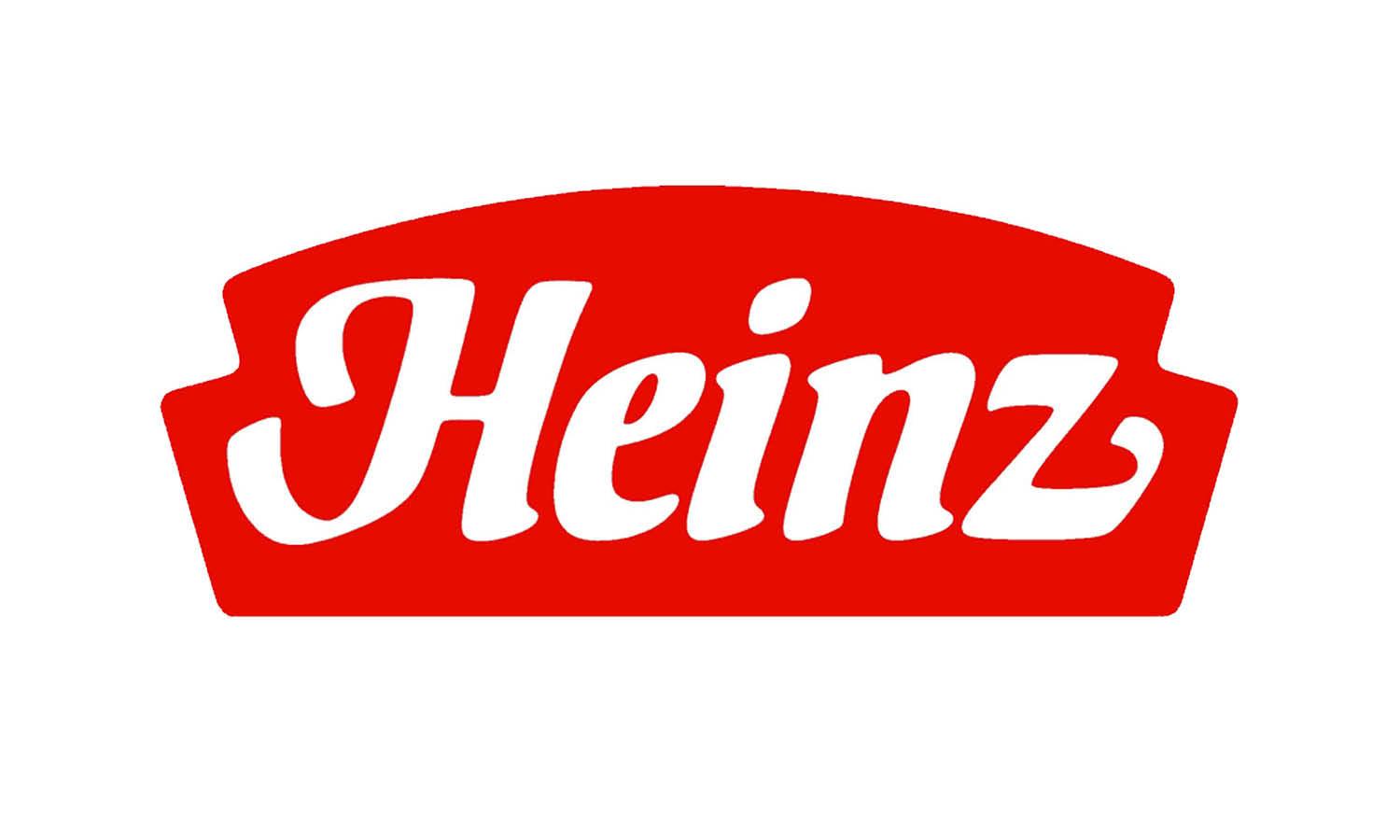
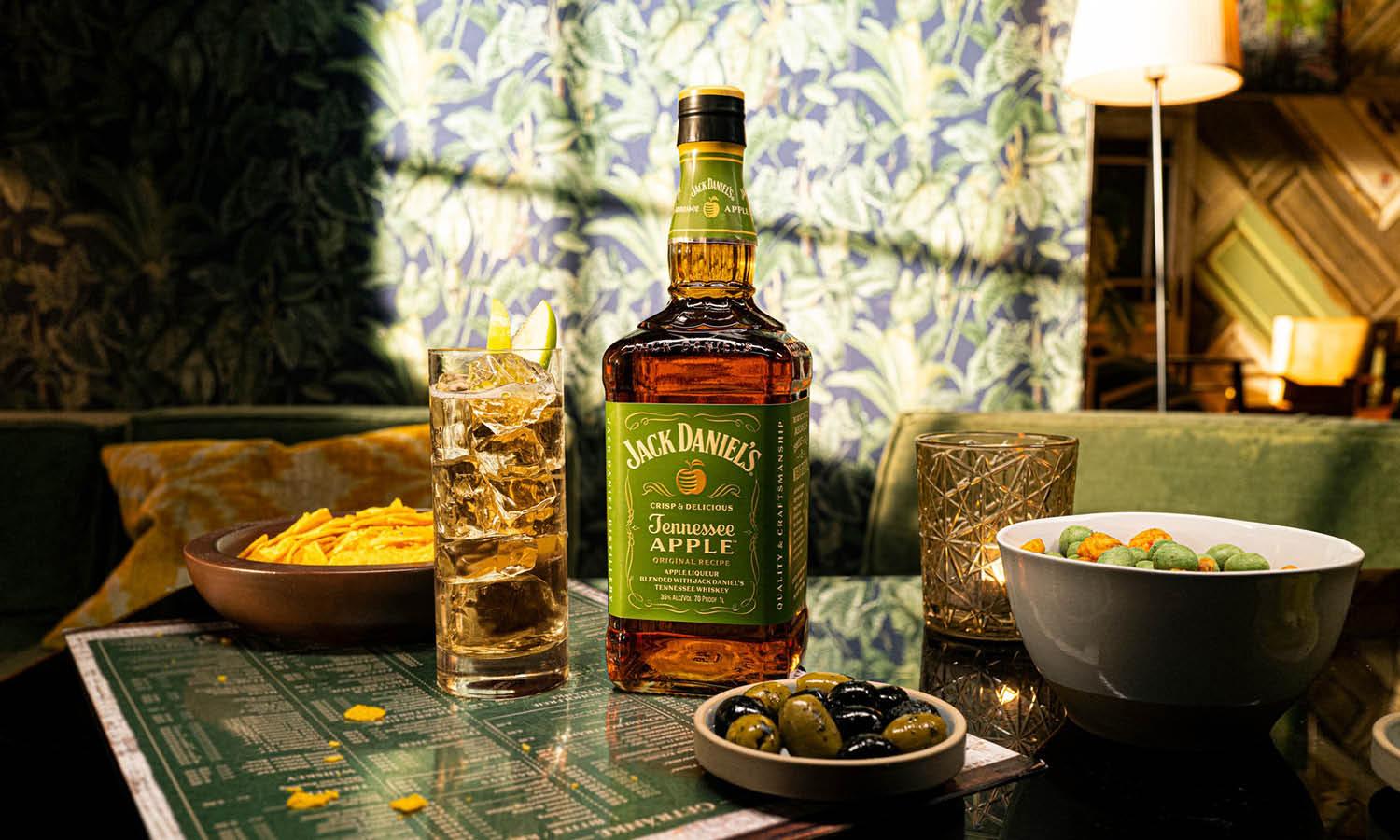
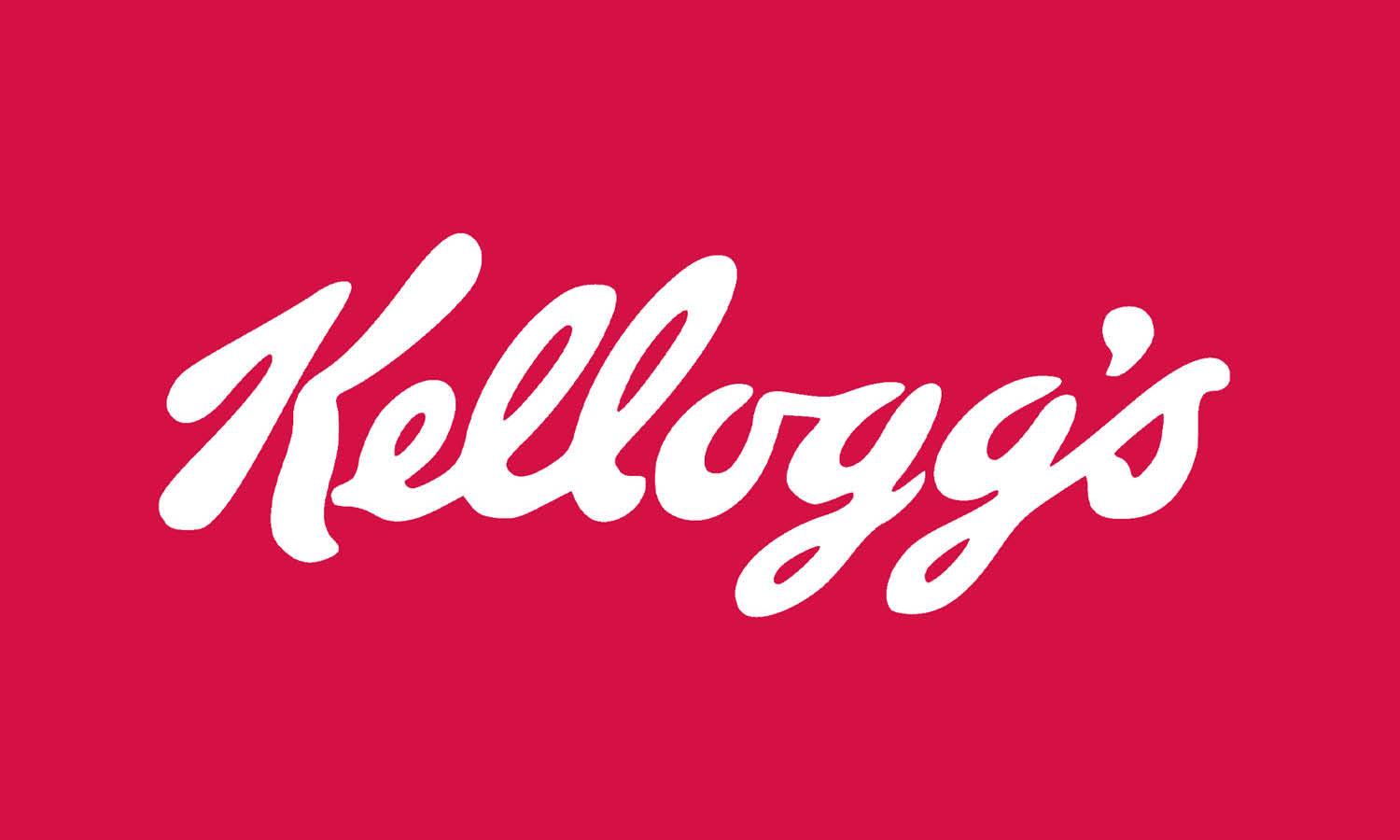
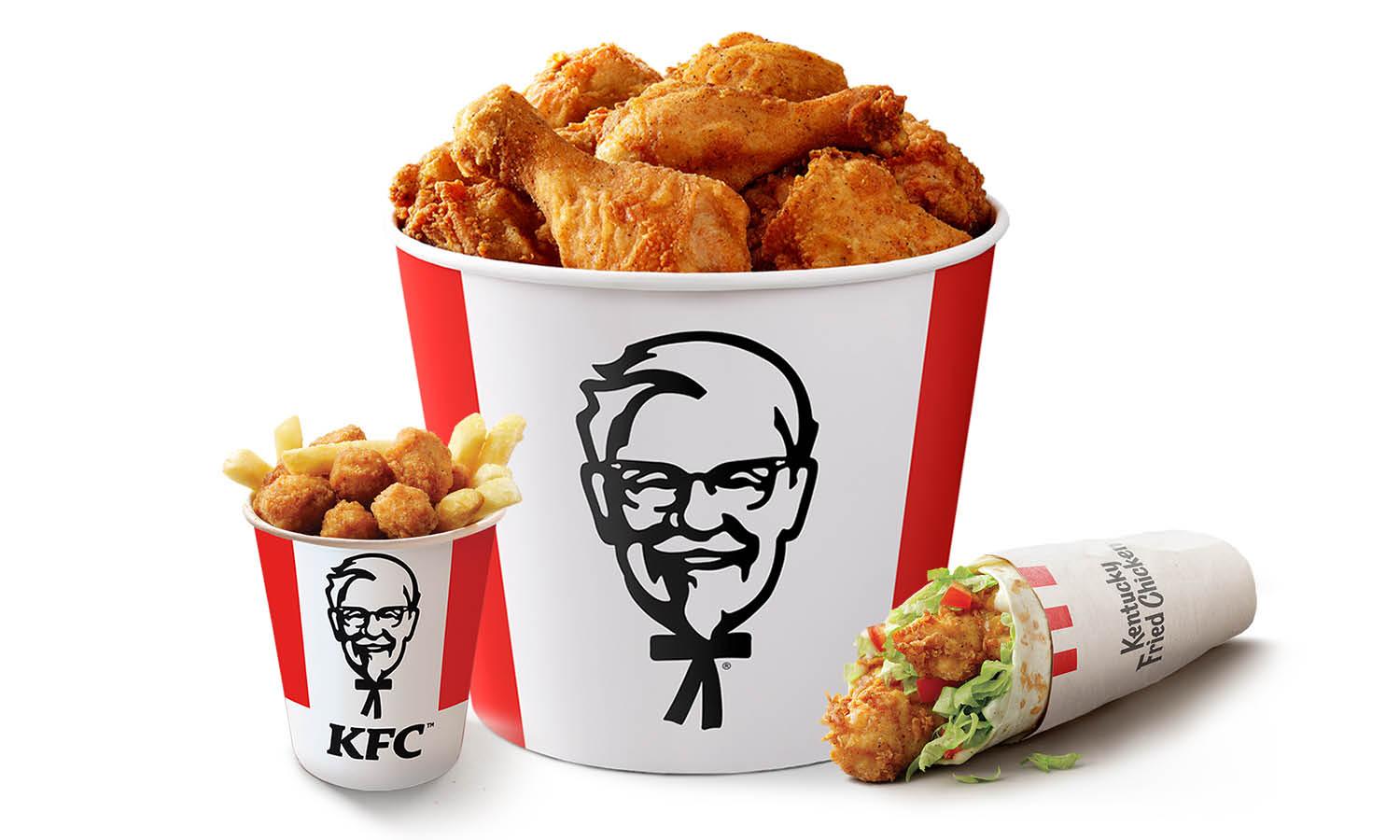
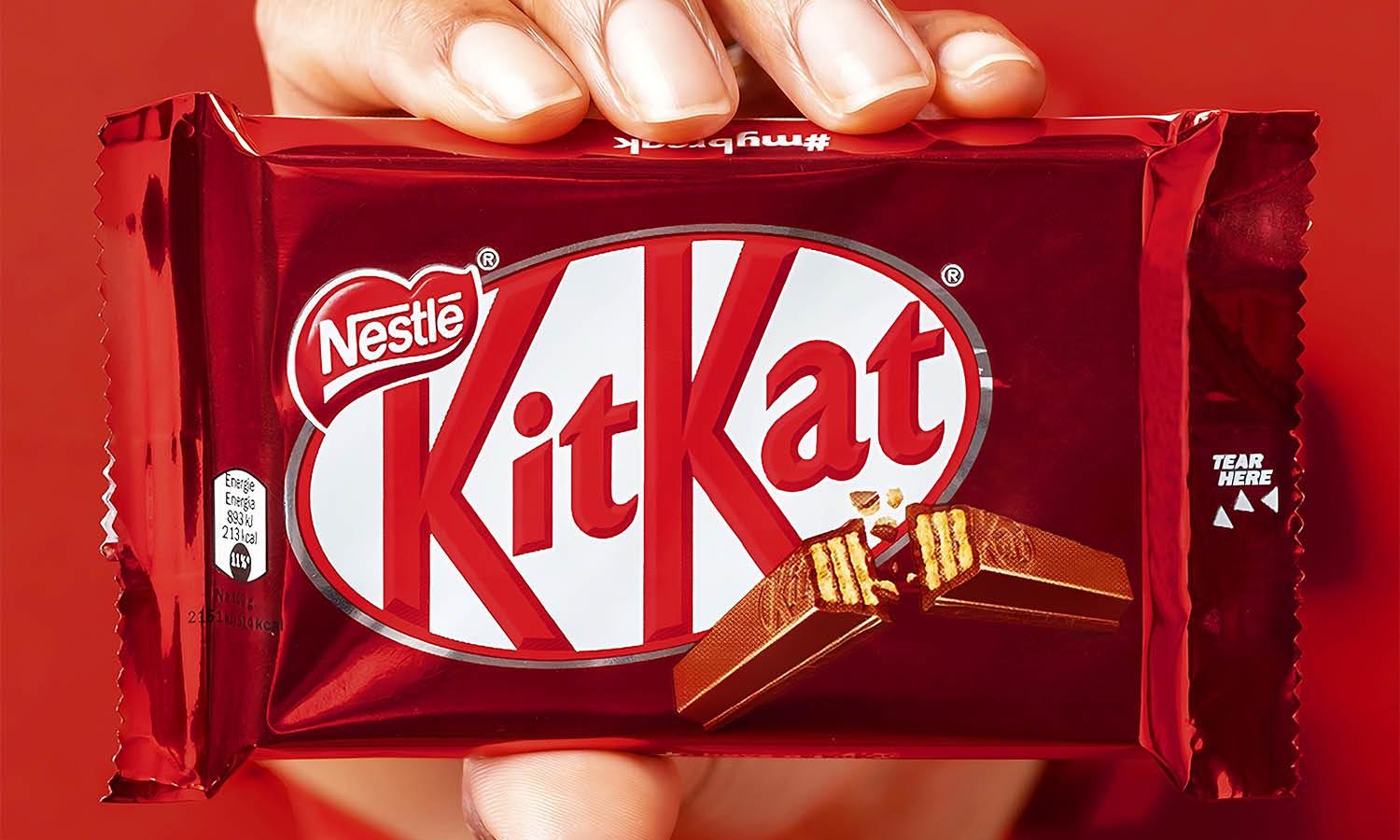
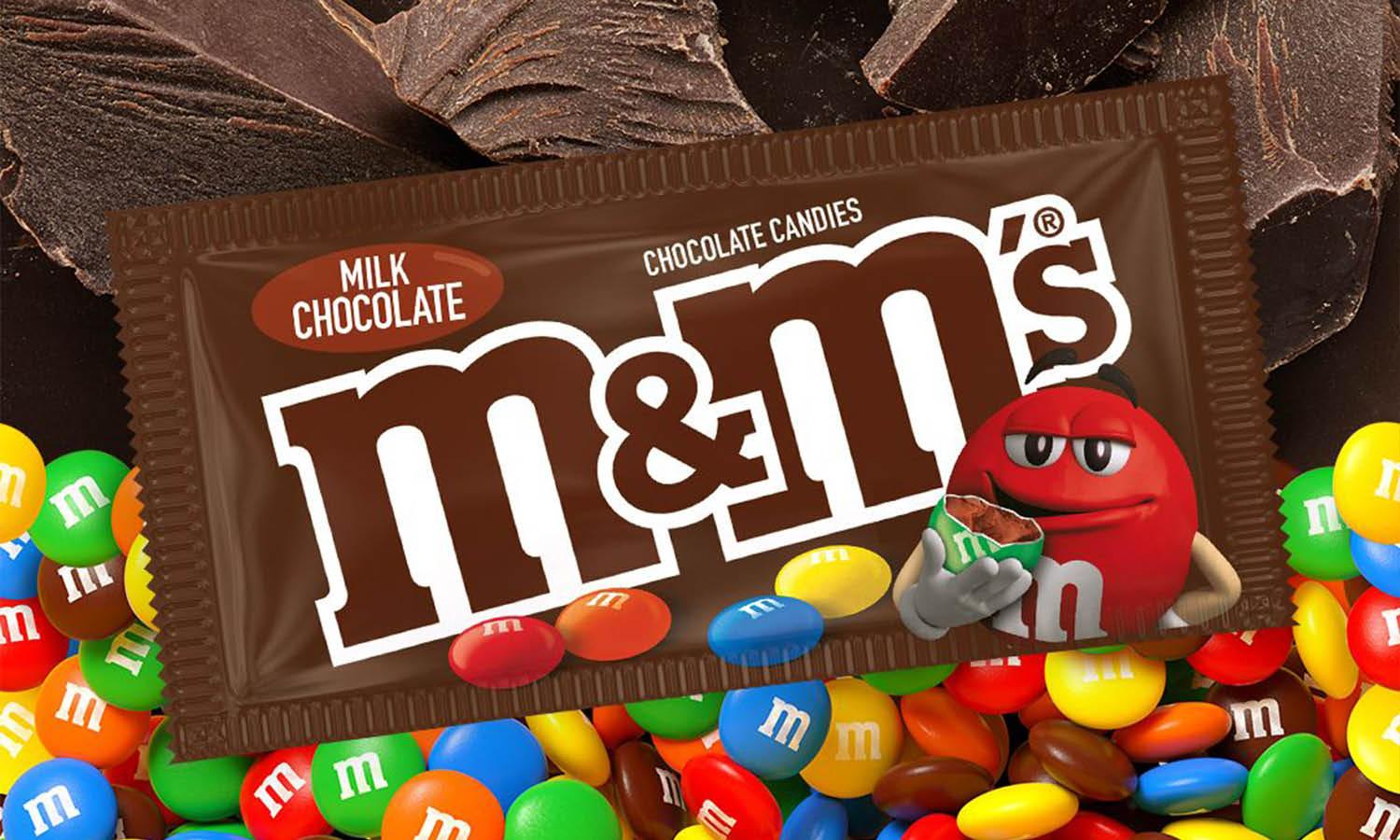








Leave a Comment